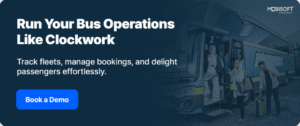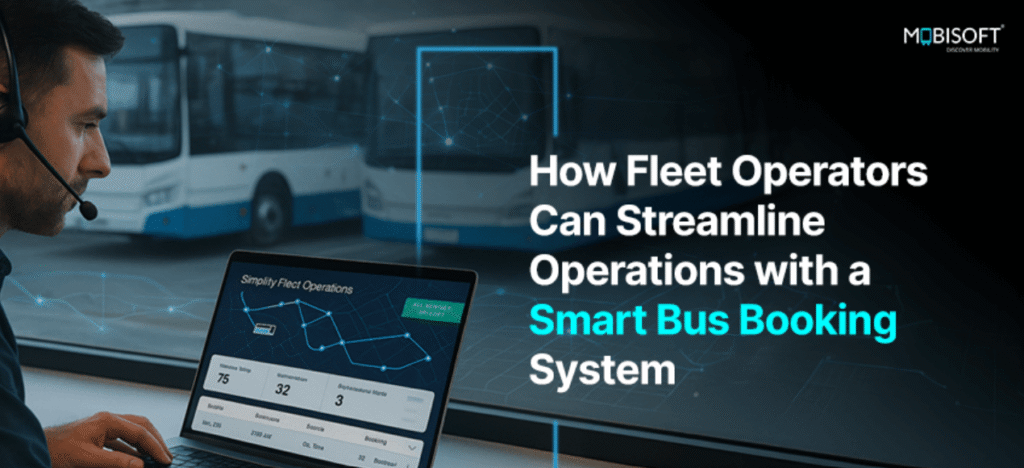For many fleet operators, the core challenge has moved beyond simple scheduling. The real task now is coordinating a dynamic, interconnected system of assets, drivers, and passenger needs. This complexity often gets managed with legacy tools, such as static spreadsheets, constant phone calls, and dispatchers navigating by instinct. These methods create significant operational blind spots. They make it difficult to see the true potential within your own fleet. What if the solution is not just a better way to book trips, but a fundamental change in how you perceive your operation? We are moving from a model of simple transportation to one of integrated mobility services.
The key to this evolution is an intelligent platform. It records reservations and actively manages your entire network. It turns data into decisive action and fragmented tasks into a seamless workflow. It is how modern fleets unlock new levels of efficiency and reliability.
Learn more about implementing a smart bus booking system for fleet operators to simplify and digitize your daily operations.
The Bus Booking System as Your Fleet’s Digital Brain
Let us be clear, we are not talking about a slightly better digital calendar. A true bus booking system acts as the central nervous system for your entire operation. It is the thing that connects everything. Think about it, processing constant streams of information coming from bookings, GPS pings from a dozen vehicles, and traffic data updates. Even the driver notes a maintenance issue, while a basic system logs it, and all other data.
An intelligent bus booking software then acts on it, making decisions in the background. It automatically assigns the nearest, most suitable vehicle based on real-time location and passenger capacity, not just which one looks free on a grid. It recalculates a route to avoid a sudden traffic jam, saving fuel and time without the dispatcher needing to lift a finger. This is the “phygital” bridge in action, a term we rather like.
It merges the digital world of online bus booking systems and app-based tracking with the physical reality of rubber on asphalt and diesel in tanks. It finally makes your operation feel coherent.
To explore how connected systems improve coordination, check out our end-to-end transportation management solution designed for modern mobility needs.

The Four Levels of Fleet Digitization
So, where does your company fit in this new framework? We find it helpful to think in stages of maturity. It gives you a way to measure your progress beyond just profit and loss.
Stage one
- Most fleets begin at stage one, which is reactive. It refers to the conventional methods of working, such as spreadsheets and non-stop ringing phones.
- Every day is a scramble to plug the latest leak, and it is exhausting.
Stage Two
- Stage two is proactive, or basic digitization. You may have a simple bus ticket booking system that helps passengers reserve trips through an online bus booking software.
- This is a good step, a necessary one in fact. The brainpower, however, is still mostly human in this stage.
- Dispatchers are still making all the key decisions manually, cross-referencing between screens. The system is a tool, not a partner.
Stage Three
- The third stage is optimization. This is where the workflow layer truly kicks in. Scheduling, dispatch, and passenger communication become automated, integrated workflows.
- The platform offers recommendations, executes routines, and surfaces critical insights.
- Your team stops pushing paper and starts managing exceptions. This is the sweet spot for modern, efficient operations supported by a smart bus scheduling and booking system.
The final stage, stage four, is predictive. Here, the system begins to anticipate. Machine learning helps predict demand by looking at past data, local happenings, and weather. It might tell you to put a car in a certain area before rush hour starts. It deals with what’s going on now and gets ready for what’s coming. Think about this: how far are you from reaching that perfect setup? Often, you’re closer than you think.
See how you can optimize fleet operations with a TMS to reach higher levels of automation and control.



